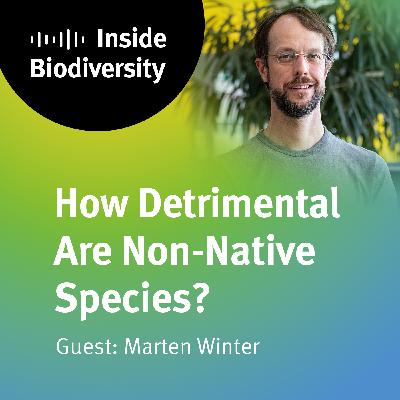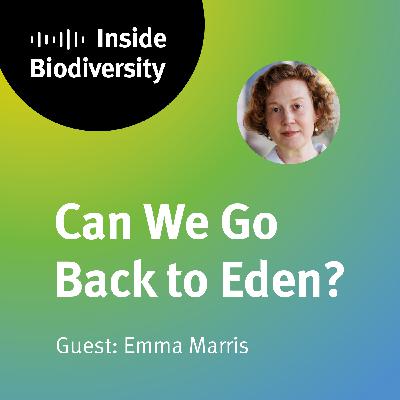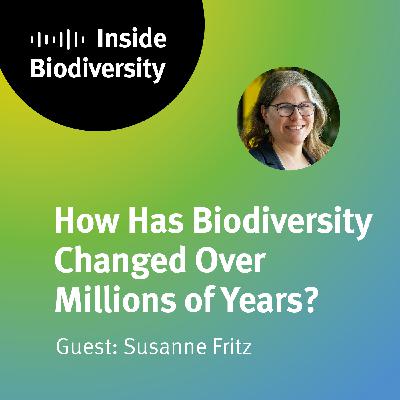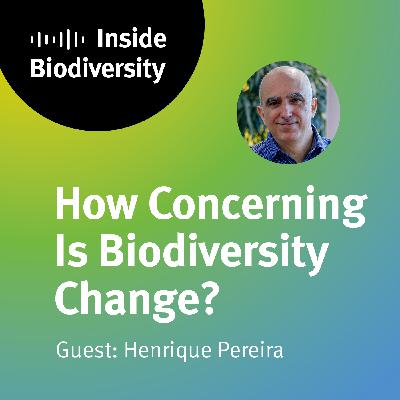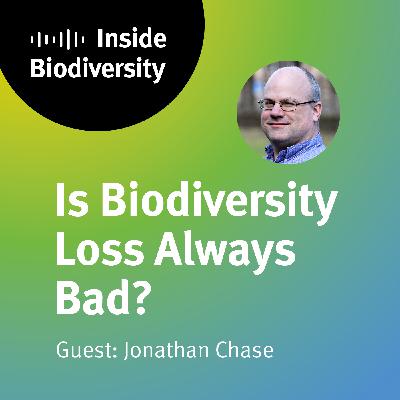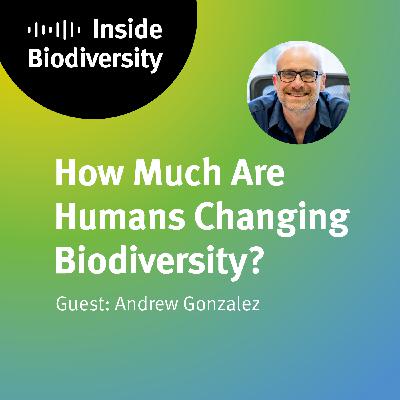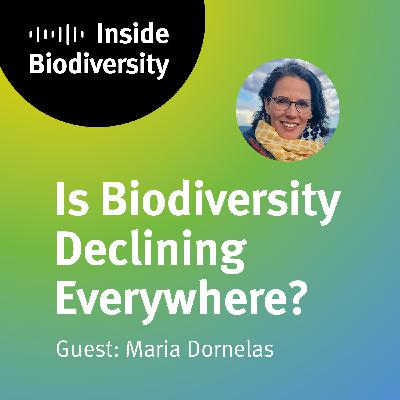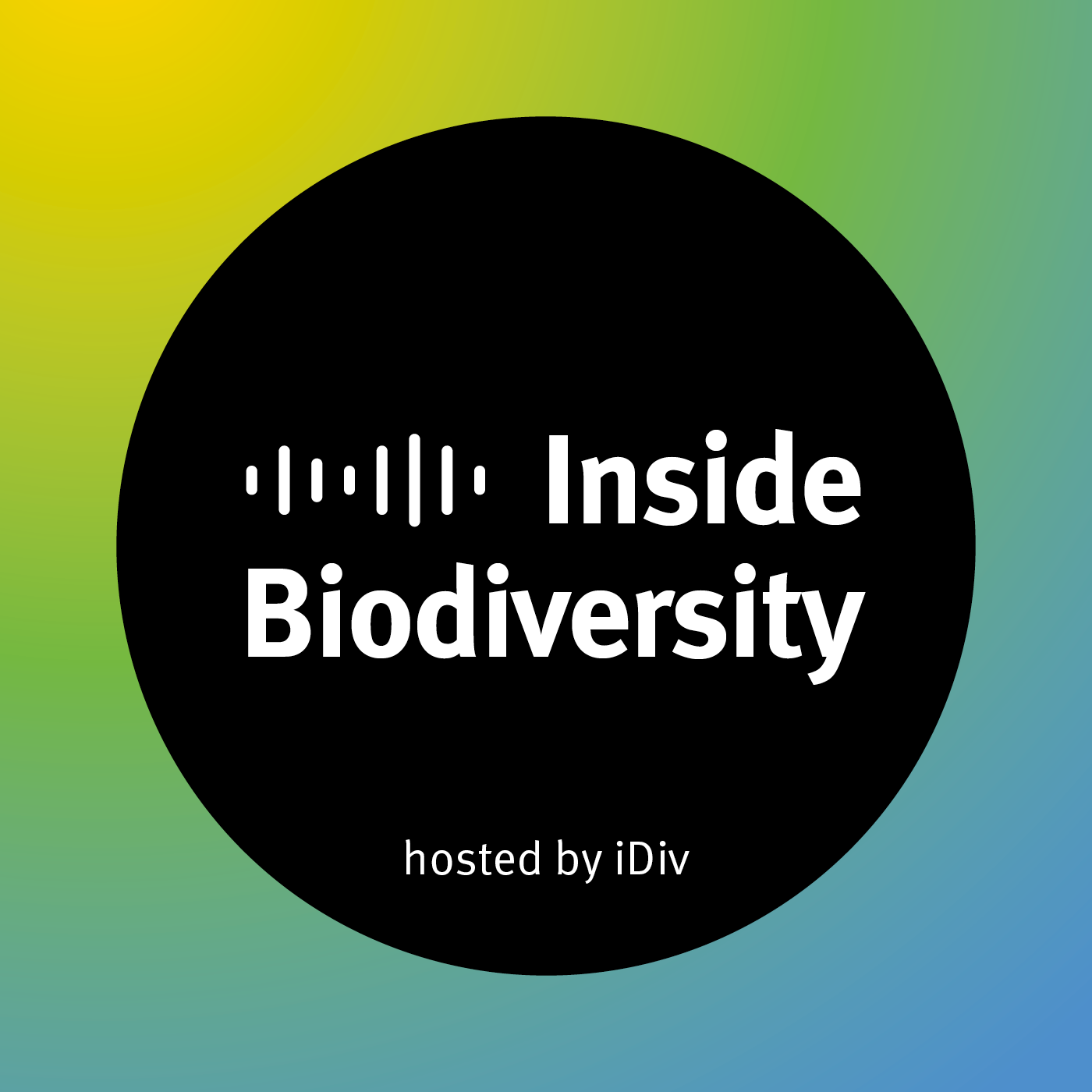Discover Inside Biodiversity
Inside Biodiversity

Inside Biodiversity
Author: German Centre for Integrative Biodiversity Research (iDiv)
Subscribed: 12Played: 65Subscribe
Share
Description
What do we really know about biodiversity? Inside Biodiversity brings you in-depth conversations with leading researchers tackling the most pressing and controversial questions in biodiversity science. Each episode features experts who challenge common narratives, reveal surprising trends, and explore solutions for conservation.
From species extinctions to ecosystem resilience, we go beyond the headlines to uncover the complexities of nature. Whether you're a scientist, conservationist, or just curious about the state of life on Earth, this podcast will change the way you see biodiversity.
Inside Biodiversity is hosted by the German Centre for Integrative Biodiversity Research (iDiv)
From species extinctions to ecosystem resilience, we go beyond the headlines to uncover the complexities of nature. Whether you're a scientist, conservationist, or just curious about the state of life on Earth, this podcast will change the way you see biodiversity.
Inside Biodiversity is hosted by the German Centre for Integrative Biodiversity Research (iDiv)
10 Episodes
Reverse
In this episode, Prof. Marten Scheffer from Wageningen University & Research explains critical transitions and tipping points, from shallow lakes and coral reefs to tropical rainforests. Together with host Dr. Volker Hahn, he explores whether local tipping points can be scaled up to a biospheric planetary boundary, and how uncertainty shapes our understanding and communication. Scheffer explains why he believes the concept of tipping points remains relevant for policy and management—even when we do not know where they lie.
Are there tipping points in ecosystems — and if so, can we detect them before the system tips? In this episode of Inside Biodiversity, host Volker Hahn talks with Helmut Hillebrand, professor at the University of Oldenburg and the Helmholtz Institute for Functional Marine Biodiversity, about the science and the politics behind thresholds, regime shifts, and planetary boundaries. Hillebrand says, “Thinking about biodiversity in binary ways, about below and above a threshold, is the wrong way of thinking about how biodiversity works and how we rely on biodiversity.”
Not every species introduced by humans becomes a problem – but some do, especially on islands. In this episode of Inside Biodiversity, invasion biologist Marten Winter (iDiv and Leipzig University) explains how we define alien vs. invasive alien species, why the raccoon is a management challenge for Europe, and why management is particularly tricky in places like Australia. We also discuss the ethical dilemmas of controlling species such as the red fox – and whether it is possible to identify non-native species without knowing their origin.
What should we really aim for in nature conservation—and who gets to decide?
In this episode of Inside Biodiversity, science writer Emma Marris challenges long-held ideas about wilderness, ecosystem integrity, and invasive species. She argues that conservation is driven by human values—not objective science—and calls for a more democratic, transparent approach to setting goals for nature. If you’ve ever wondered whether “naturalness” is an illusion or why change in ecosystems isn’t always a loss, this thought-provoking conversation will make you see biodiversity in a whole new light.
Why has biodiversity decreased over the past 20 million years? Why did large mammals, such as giant sloths, tapirs, and mammoths, go extinct at the end of the last ice age, some 50,000 to 10,000 years ago? Why are there many fewer mammal species today than there “should be”?
In this episode, we speak with Prof. Susanne Fritz, research group head at iDiv and the Friedrich Schiller University Jena, about biodiversity change over very long time scales. She shares insights into how past extinction events shaped today’s ecosystems — and what that might mean for the future.
While some biodiversity change trends are deeply worrying, such as the decline of common bird species in North America, others offer hope, such as the recovery of rare birds: “I've seen in my lifetime species that were locally extinct come back, and rivers that were dead come back to life,” says Inside Biodiversity guest Henrique Pereira. “And that's because there's been so much positive development from environmental policy in Europe and in other countries in the world.”
Is biodiversity loss always bad? What if cutting down an old-growth forest actually increases the number of species? According to biodiversity researcher Jonathan Chase, “You can have huge levels of biodiversity in habitats that are strongly degraded by people.”
In this episode of Inside Biodiversity, we talk to Andrew Gonzalez about how biodiversity is changing – and how humans are driving this process. Gonzalez discusses shifts in species composition, critiques conclusions drawn from time-series analyses we covered in episode one, and calls for better data to link changes to human impacts. Drawing on climate science, he proposes a “detection and attribution” approach and urges scientists to focus on solutions. A thought-provoking look at the science and communication of biodiversity change.
In this episode of Inside Biodiversity, we look at one of the most controversial questions in biodiversity research: How ubiquitous is biodiversity loss? Our guest, Maria Dornelas, has challenged overly simplistic narratives of how biodiversity is changing. We discuss the current state of knowledge and how best to communicate it. Whether you are a sceptic or an advocate of biodiversity conservation, this conversation will give you new insights into the fascination and complexity of biodiversity change.
Inside Biodiversity invites you to dive into the big and controversial questions shaping biodiversity research today. Subscribe now and get ready to hear from leading experts who are redefining the way we understand our planet, premiering April 3, 2025.




